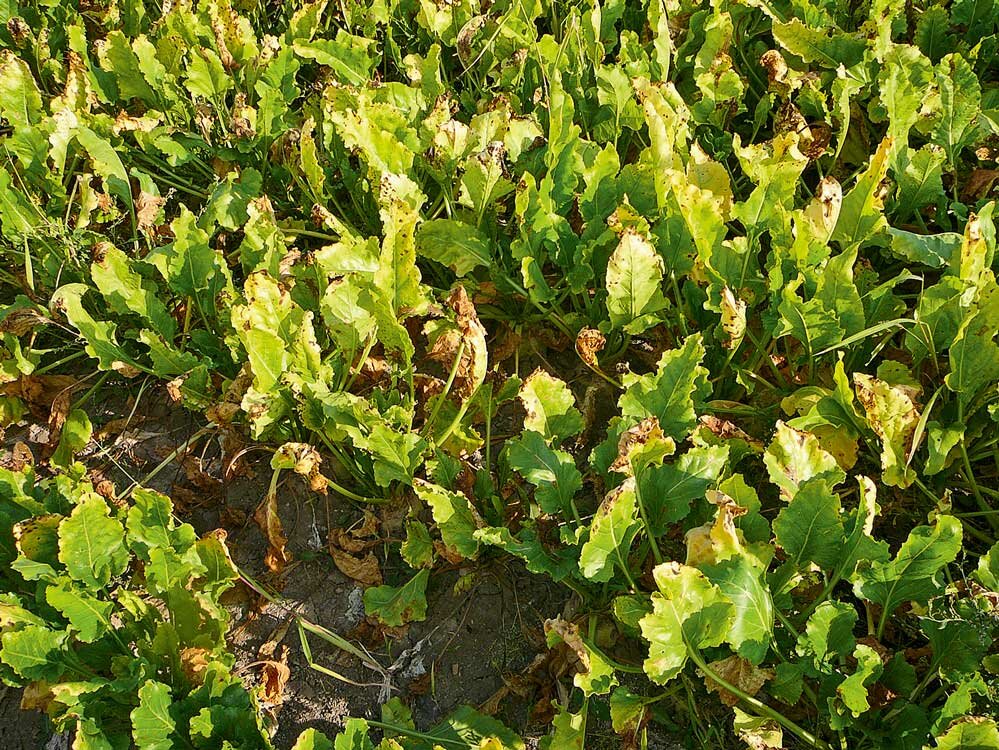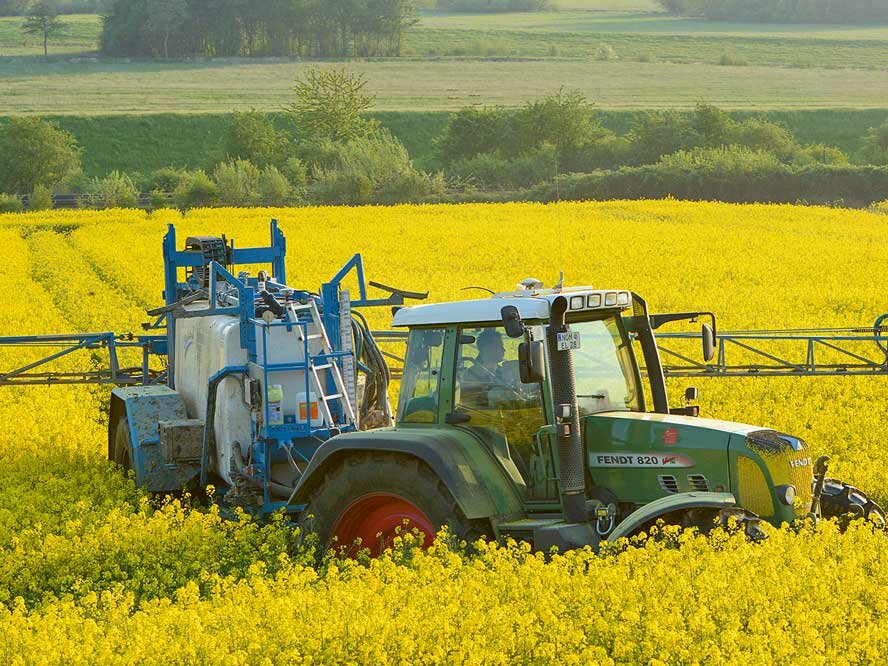A new dimension in plant protection
By Thomas Preusse, DLG Mitteilungen
One would rather have it the other way round. But the decline in the quantity and diversity of insects in the agricultural landscape is affecting pests less. On the contrary, new problem pests and ever more limited chemical control options mean that we can expect to face an increasing challenge in Europe as well. Insecticides are losing their approval in all crops, and worse still, the increased use of the remaining agents is increasingly leading to resistance. Today, insect control is above all crisis management. This makes the question all the more important: will alternatives be available at some point?
Alternatives are being worked on
But farmers will not be able to use them tomorrow and probably not even the day after. Especially not as widely as they have been using insecticides so far. Certainly, Bacillus thuringiensis against the European corn borer or nematodes against the corn rootworm have been around for a long time. But where are new solutions against aphids, where is an effective alternative strategy against the multitude of pests on rape, beet and potatoes?
At present, preventive measures in particular still have room for improvement, from crop rotation to the promotion of beneficial insects to yellow peel. Increasingly, there are also virus-resistant varieties that make vector control superfluous. But it is RNAi technology that most captures the imagination. What is it all about, and could it replace or complement chemical crop protection?
RNAi as a beacon of hope
The small "i" in RNAi stands for "interference". Its basic principle is the "silencing" (immobilisation) that occurs naturally in plants and animals. This means that certain genes are temporarily switched off. In genetic research, this is used to search for the source of certain characteristics. Plants can also use it to actively defend themselves against pests by switching off important proteins. Unfortunately, this reaction is often too weak (otherwise there would be no need for plant protection). RNAi can be used in agriculture not only against insects, but also against fungi and viruses. It also plays a major role in human medicine.
Starting the "silencing" process
There are two ways to get "silencing" going: host-induced and injection-induced.
- Host-induced: In the first, RNA of the pest is genetically engineered into the variety. In North and South America, there is an answer to the rootworm with the RNAi maize "Smart Stax Pro". Small pieces of its RNA block a specific gene of the pest by interference, which causes it to die. Since last year, a bean has also been on the Brazilian market that defends itself against a virus in this way. The name for such plants is "PIP", which translates as "plant's own protection mechanisms". Their application possibilities against insects, but also fungi and viruses seem unlimited. The big fly in the ointment, however, is that they cannot be produced without genetic engineering and are therefore unlikely to be considered for Europe.
- Spraying induced: But as a second way, the modified RNA of a pest can also be applied normally with a crop protection sprayer or seed dressing! In this case, no genes would be altered in the plant itself; classification as a GMO would be a thing of the past. In principle, the RNAi mechanism in this way would not be so far removed from that of a chemical agent, even if the effect occurs with a certain delay. The advantages of this technology are a very specific effect only on pests, rapid degradation in the environment and non-toxicity also for humans. One challenge is that rapid degradation in the environment also means rapid loss of effect. Another is that insects in particular react differently to the RNA. It works well for beetles, less so for butterflies.
Formulation is the key
As in chemical crop protection, the formulation therefore becomes more important than the mechanism of action. In principle, RNA can also be used as a contact agent or systemically. Such agents would have to be approved in terms of their effect and side effects in a similar way to conventional plant protection products. The discussion about the criteria is in full swing. In addition, questions about possible resistance developments are already emerging. The obvious question of whether this is also economically feasible has been defused in recent years: In the meantime, RNA can also be produced cost-effectively without genetically modified microorganisms.
Conclusion
The interest in research and industry is great, and so are the hopes. Nevertheless, a review article from the Julius Kühn Institute published at the end of 2020 sums up: "Despite the current great demand for alternative crop protection approaches, especially in the control of insect pests, it is not yet possible at this point in time to make a forecast on the future prospects of RNAi-based crop protection products in the EU and in Germany".





